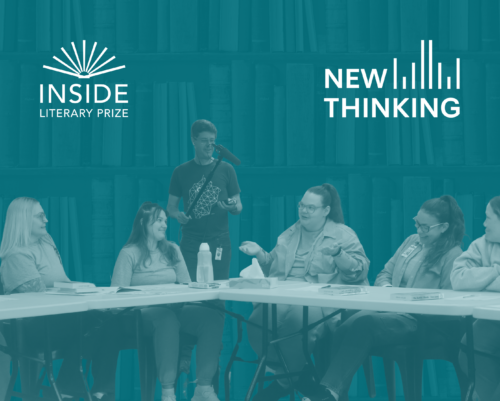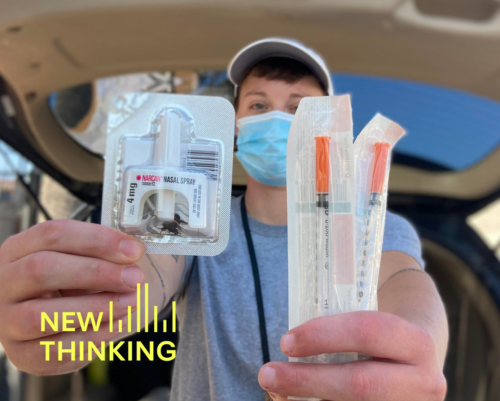Stephen Manley is a Superior Court judge in Santa Clara County. He has served on the bench for over 25 years. He was a founder of the Drug Treatment Court in Santa Clara County as well as the Santa Clara County Mental Health Treatment Court. In January 2005 he spoke with the Center for Court Innovation’s Carolyn Turgeon about his work.
How did you become interested in drug courts?
I’ve been a judge for a long time, and I have sent many people to prison. I started seeing people that I had sent to prison back again, charged with the same offense, and then I started seeing children of the people I have seen in the criminal justice system or the dependency system back again, and I reached a conclusion that what the courts have been doing wasn’t working. I decided we needed to change things.
California has the largest percentage of kids in foster care in the entire United States. We have nearly 25 percent of all foster children in California. Traditionally, we place children in foster care because their parents are drug addicts. And my response to that is, what good does that do? The kids go into the juvenile system and then they’re in the dependent delinquency system and next they’re in the adult system.
Our prison population is increasing. And my answer to that is: stop doing the same thing again and again and again. I don’t believe in assigning blame, but you’ve got to look at what’s broken, and one of the things that’s broken is the courts. Legislation sometimes forces us to do things a certain way, but we don’t have to be trapped by legislation, and that’s why drug courts developed.
How do you view mental health courts and drug courts, and the relationship between them?
I was finding that drug courts excluded clients who were mentally ill or dually diagnosed, and had co-occurring disorders. Why? Because these defendants were too difficult to work with. This is years ago. And I said, well now we’re taking the neediest people, the people most in need of structured treatment and all of our resources, and we’re excluding them from drug courts, and this is wrong.
I’ve worked with mental health clients for years and I know our traditional method is to ignore them. We either cycle them through quickly or we give them long sentences. There’s a stigma with the mentally ill that they are more dangerous, which is not true. Some are, some are not. They are, however, far more difficult to work with. It makes absolutely no sense in my view to warehouse someone who is mentally ill and release them into the community with no services, when we know they will be rearrested again and go right back into jail.
So I went to war with—or had discussions with—mental health [officials in my county] and we changed things. And now in my courthouse we have a whole mental health team. And we force mental health providers to take mentally ill clients who are criminal justice clients, most of whom are not charged with serious offenses.
In what ways are the drug courts and mental health courts different?
I think they have to be very separate courts. In a drug court we use incentives and sanctions to motivate clients. With the mentally ill it is totally different.
Sanctions, for example, do not work with a mentally ill person unless they have significance. So I very seldom use sanctions. This morning I had a client who is very challenged intellectually. To him, jail is a reward. He likes it. Homeless people like it in the winter. What good does it do me to put people in jail for a sanction when they don’t even understand what I’m talking about?
So number one, you’ve got to change all the rules. That does not mean you don’t use drug court principles. It doesn’t mean that you do not use sanctions in the appropriate case. But it does mean you have to think it through and know that you’re applying the sanctions to the right person.
Number two, you have to lower the bar of expectations. Our expectations in drug court are far too high for mentally ill people to meet. Eighty percent of mentally ill people are substance abusers. They substitute street drugs for mental health medication because they often find in the short run they work better. And they’re also easier to get. I always look at what the presenting factor is that is making it impossible for a client to function in the community, and work on that first. Once we get that going then we work on the substance abuse. And if we’re working on the substance abuse, we’re not working on total abstinence, we’re working on reduction. With people with dementia, you can only expect so much.
I received a probation report yesterday that I thought was one of the funniest that I’ve received in a long time. It had two sentences. “The defendant appears to have a short attention span. He has missed all five of his drug tests.” Mentally ill people don’t remember! If you want to give them a drug test, give it to them immediately, when they’re in the courtroom. Send them outside to the bathroom and have them drug tested, but don’t expect them to remember three weeks from now that they were supposed to go see someone.
Success is small things: clients who are able to function, who learn how to take the bus, who learn to find a place to live that is somewhat permanent, who are able to get social security or their disability reinstated. I have different expectations and goals for every group of clients.
Do you have any reservations about drug courts?
No. I think drug courts are a proven model. In California we have shown that we can target the most difficult population and still have success. When you can take prison-bound defendants and put them in a drug court and save more money than the cost of the program, I say you have proven the case for drug courts.
There are many challenges, however, for California perhaps more than anyone. We have the fewest resources even thought we’re the largest state; there’s resistance within many corners. When the court’s budget is cut, drug court becomes an endangered species. But that doesn’t lead me to be pessimistic. This is something that works. And the amazing thing to me is we now have more drug courts and more collaborative courts in California than we did two years ago, when we had more money.
January 2005

